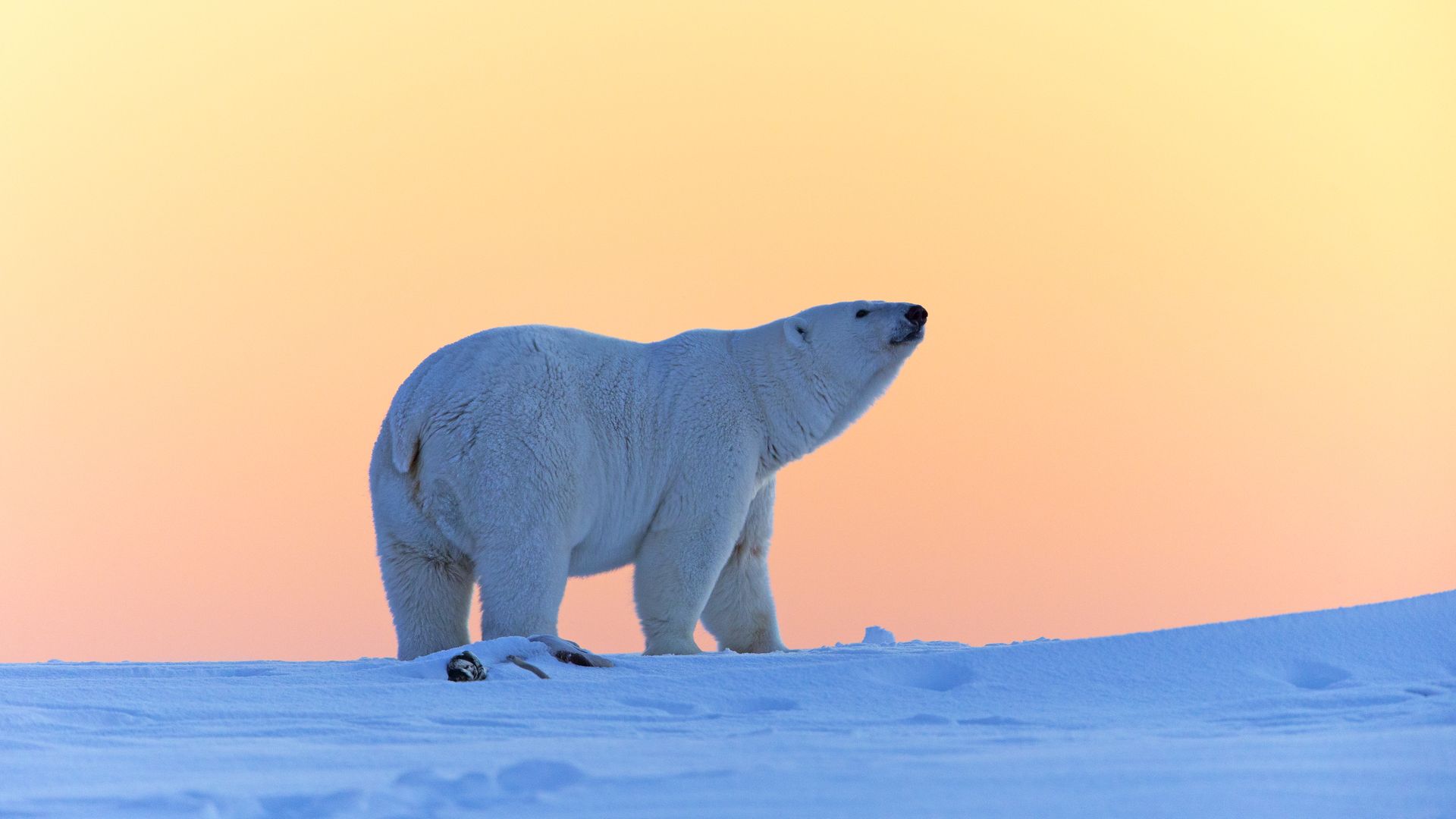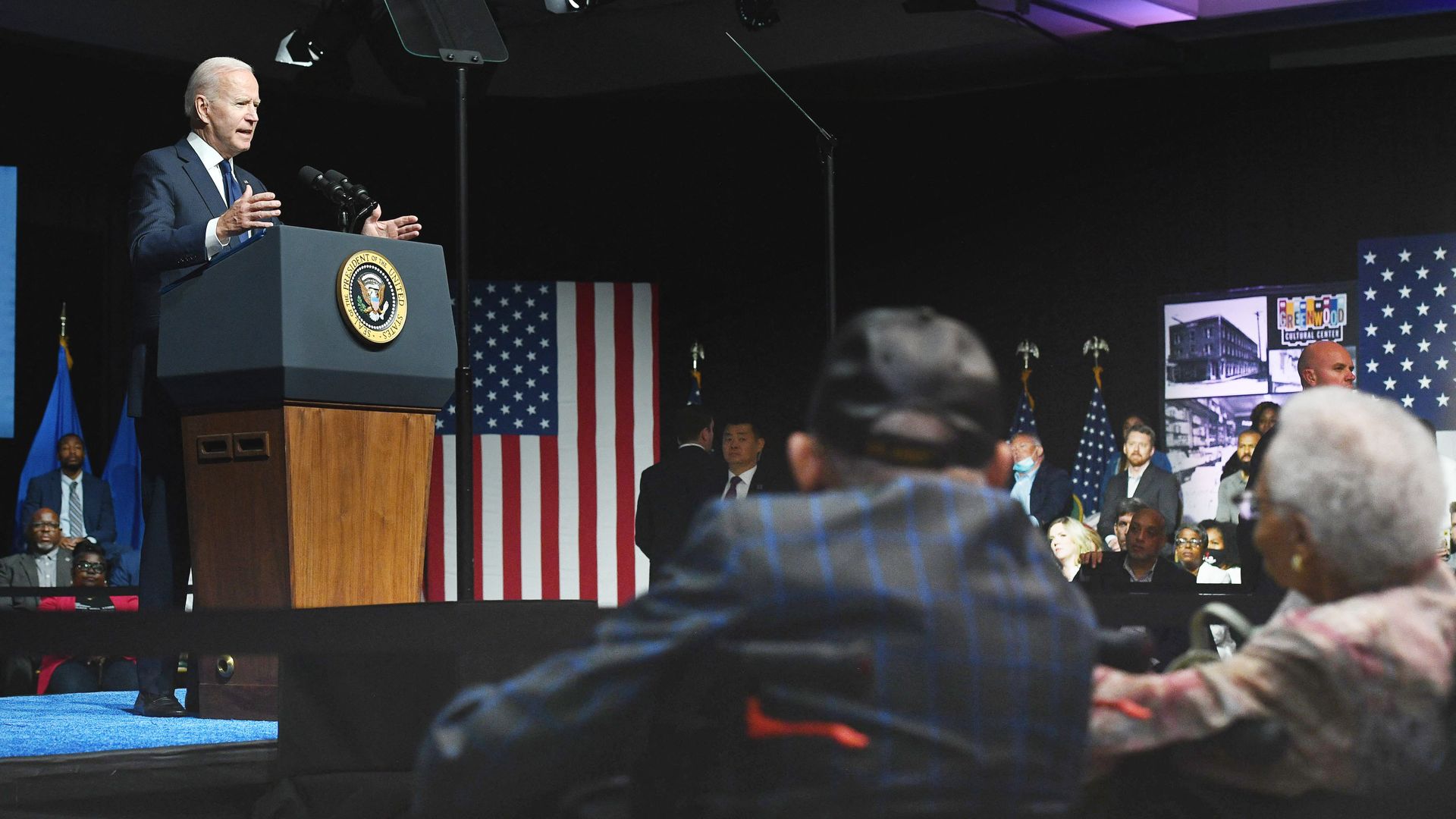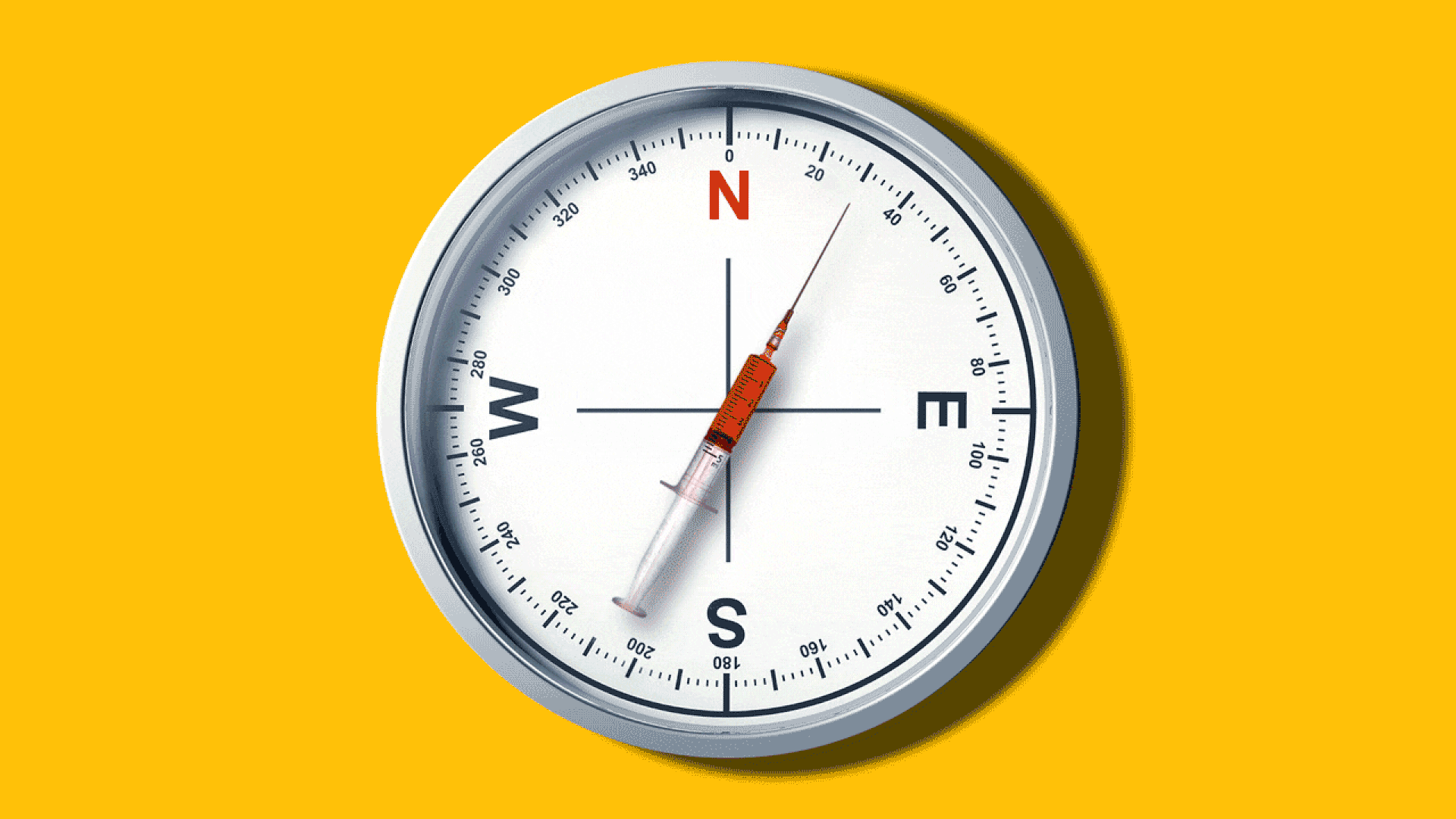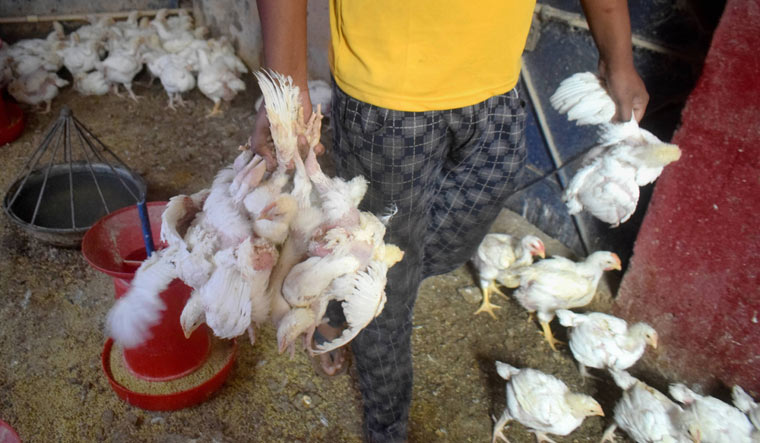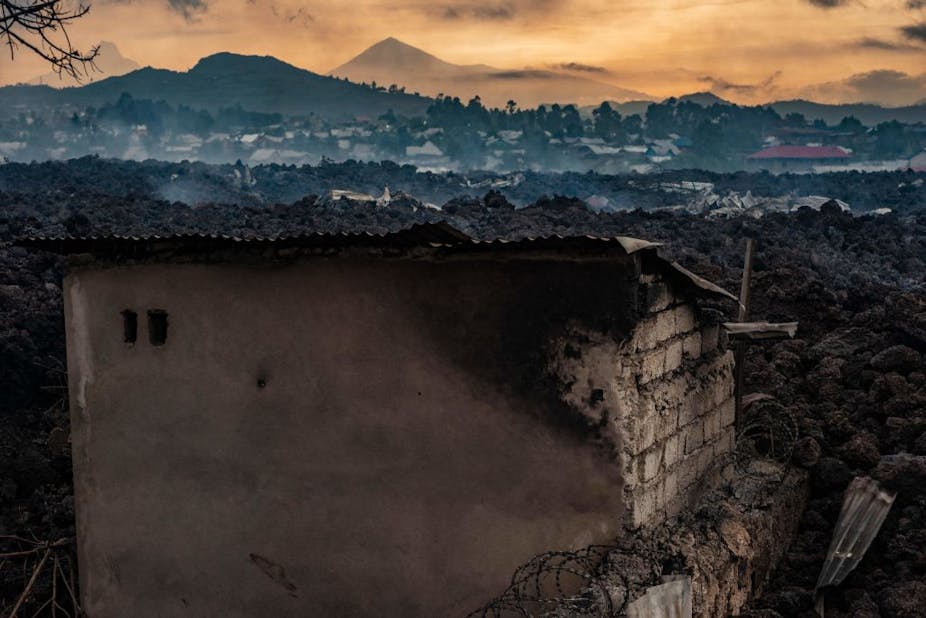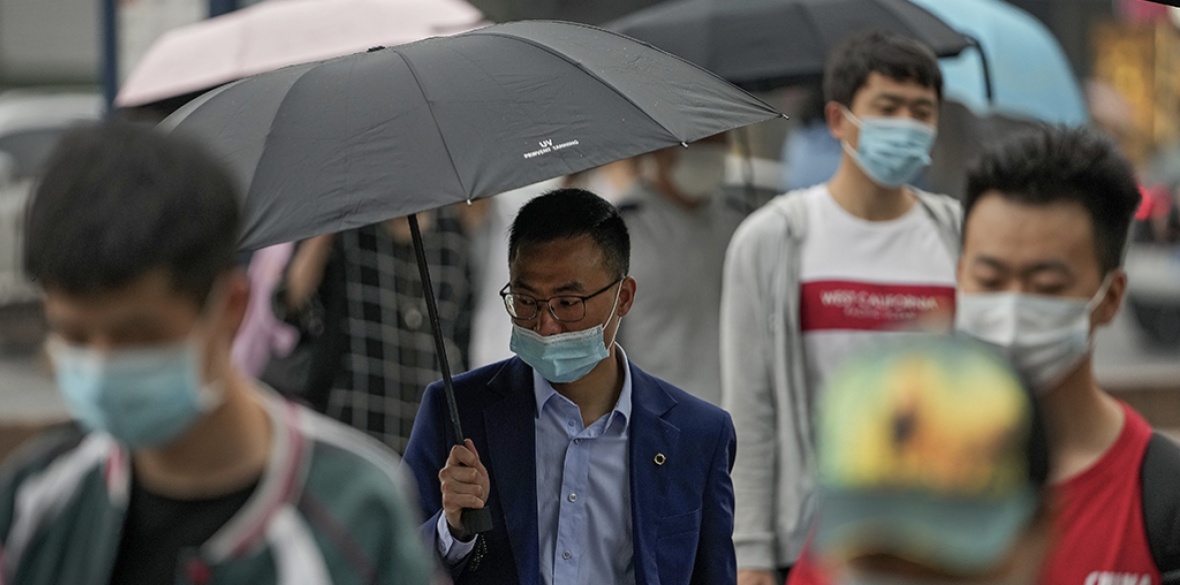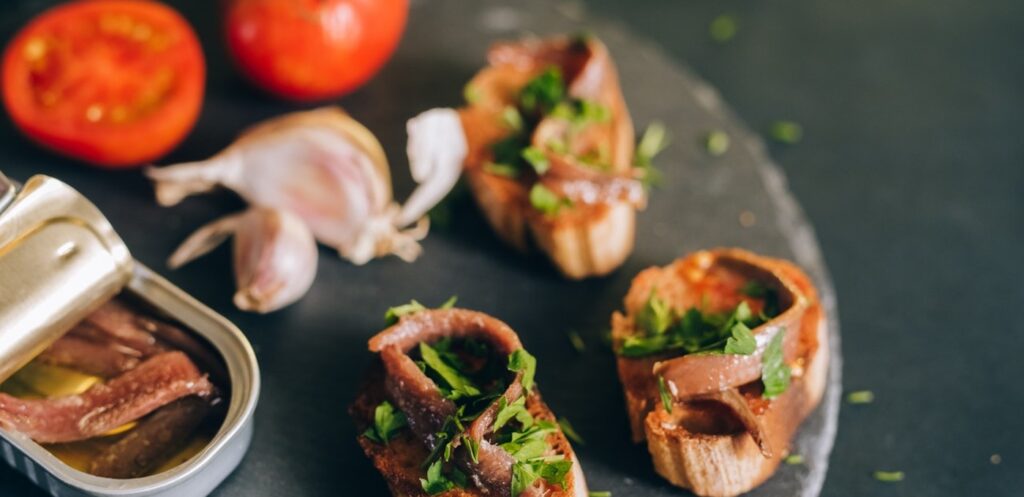ALASKA
Interior Dept. suspends oil and gas leases in Arctic National Wildlife Refuge
The Interior Department suspended nearly a dozen oil and gas leases in the Arctic National Wildlife Refuge on Tuesday, the agency announced.
Why it matters: The move, which will require a new environmental analysis, will undo former President Trump's most significant environmental actions in his final days in office.
Worth noting: The new analysis could be time consuming and its results may spark a court battle.
Our thought bubble, via Axios' Andrew Freedman: Environmentalists have spent decades trying to protect this area of largely untouched wilderness that's home to thousands of caribou and a key population of polar bears. It's therefore not surprising the Biden administration would move to reverse this action, but it could spark a lengthy court battle.
What they're saying: “Today marks an important step forward fulfilling President Biden’s promise to protect the Arctic National Wildlife Refuge," White House national climate adviser Gina McCarthy said Tuesday.
- "President Biden believes America’s national treasures are cultural and economic cornerstones of our country and he is grateful for the prompt action by the Department of the Interior to suspend all leasing pending a review of decisions made in the last administration’s final days that could have [changed] the character of this special place forever.”
Flashback: Two weeks before President Biden took office, the Trump administration auctioned off the right to drill in the refuge's coastal plain, an expanse in Alaska that has been subject to political dispute for decades.
- Native Americans and environmentalists had opposed the sale.
- No major oil companies participated in the auction. All but one went to an agency of the state of Alaska.
Go deeper: How Biden could thwart Trump's Arctic push
